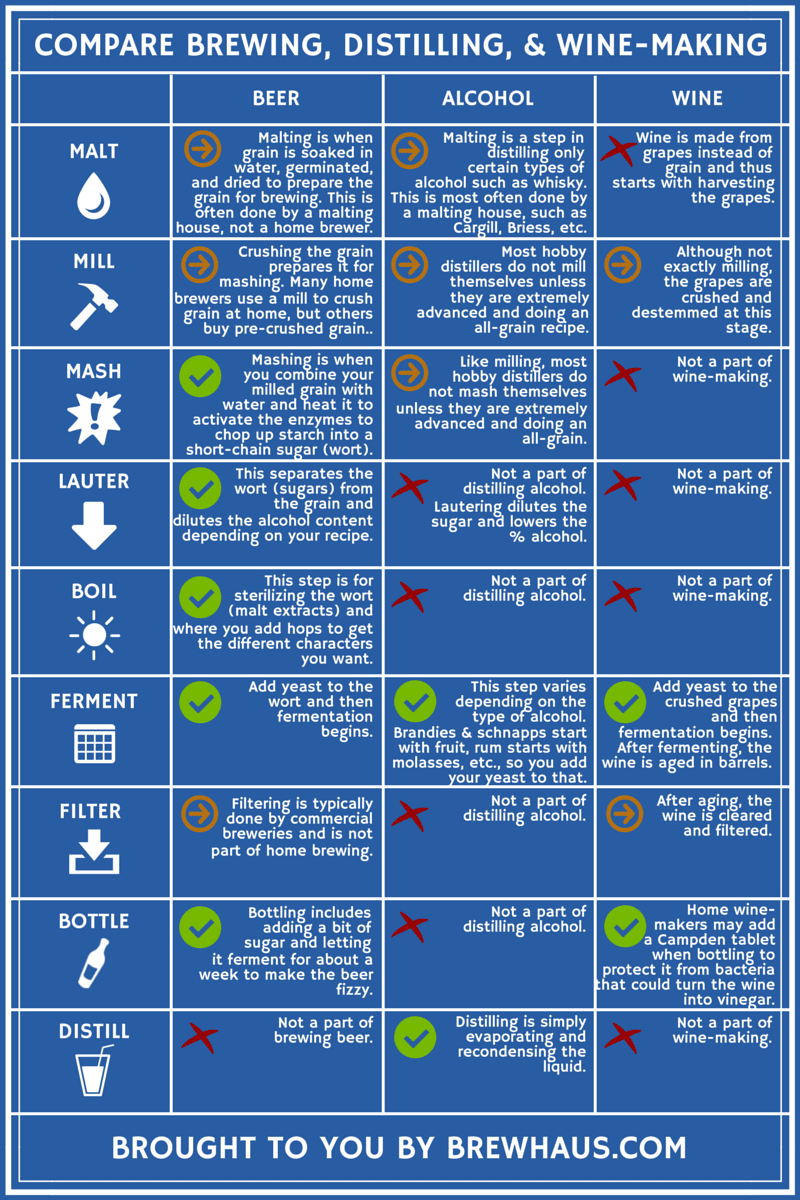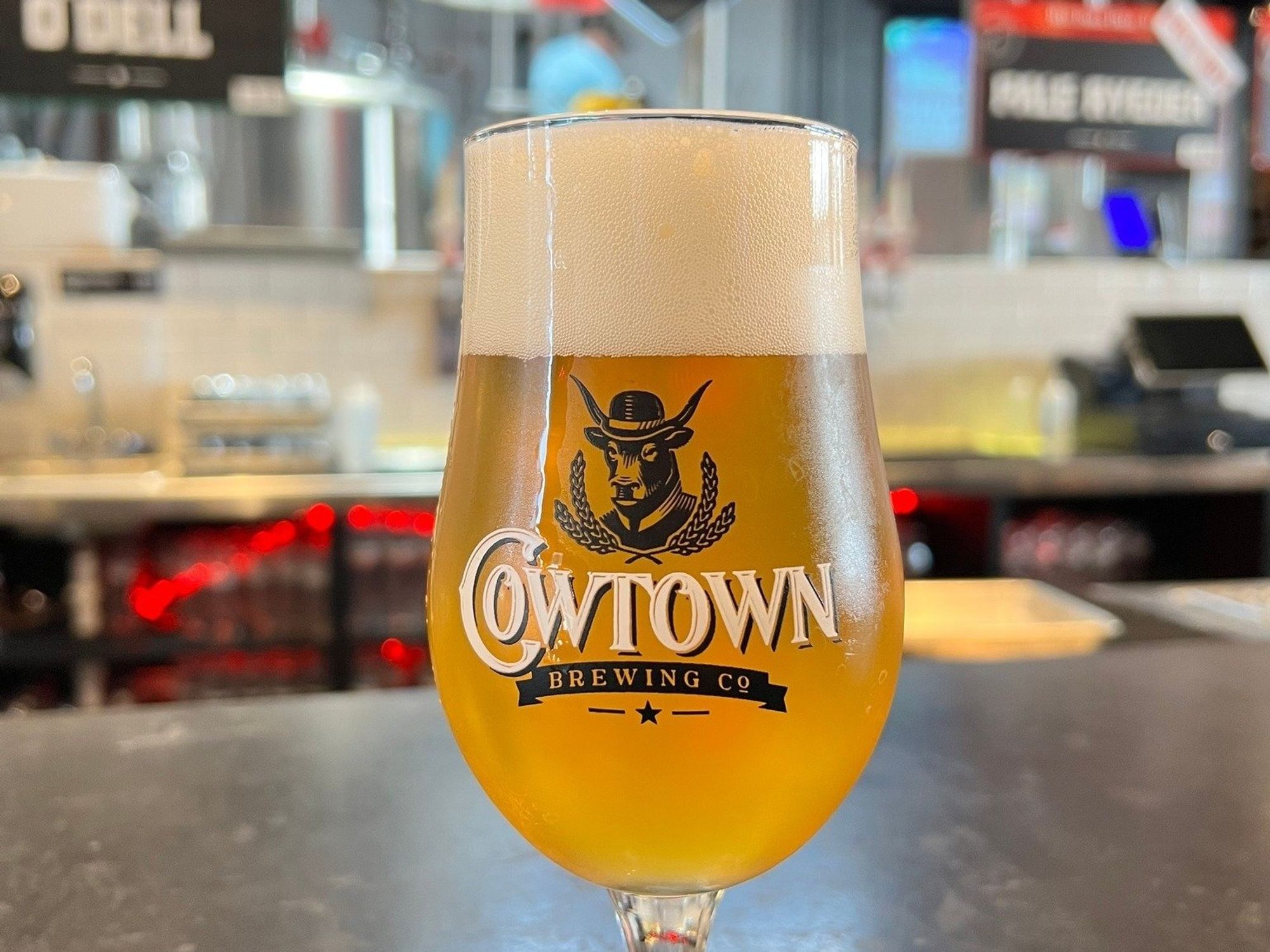Discover Top Breweries in Galveston Texas: Craft Beer at Its Best
Discover Top Breweries in Galveston Texas: Craft Beer at Its Best
Blog Article
From Mash to Container: The Details of Craft Distillery Production Revealed
Craft distillery production is a precise procedure that includes a collection of intricate steps to transform raw components into a refined spirit ready for usage. From the initial stages of mash prep work to the final touches of classifying and bottling, each phase of manufacturing plays a critical duty in shaping the character and quality of the end product (Distillery in Galveston). As we unwind the complexities of craft distillery manufacturing, we will discover the creativity and science behind each step, clarifying the surprise globe that finishes in the development of a distinct and remarkable spirit
The Art of Mash Preparation
Mash prep work in craft distillery production is a meticulous process that lays the foundation for the high quality and flavor account of the last distilled spirits. The art of mash preparation involves incorporating grains such as barley, corn, rye, or wheat with water and enzymes to convert the starches right into fermentable sugars. This critical step needs precision in the choice of grains, water top quality, and enzyme activity to guarantee ideal sugar extraction throughout fermentation.
Craft distilleries take fantastic treatment in sourcing high-grade grains as they straight affect the preference and personality of the spirits. The proportions of various grains made use of in the mash costs are additionally thoroughly determined to achieve the preferred flavor profile. Additionally, factors such as water temperature, pH levels, and blending methods play a substantial function in the mashing process.
Once the mash is prepared, it undergoes fermentation, where yeast is contributed to transform sugars into alcohol. The top quality of the mash directly influences the effectiveness of fermentation and inevitably, the total high quality of the distilled spirits. Craft distilleries pride themselves on their interest to detail during mash prep work, recognizing its value in developing remarkable spirits.
Fermentation: Changing Ingredients Into Alcohol
Exactly how do craft distilleries transform meticulously ready components right into alcohol with the process of fermentation? Fermentation is an important step in craft distillery production where yeast engages with sugars to produce alcohol.

During fermentation, the temperature level and atmosphere are very closely checked to guarantee optimal conditions for yeast task. This procedure usually takes numerous days to a week, depending on the preferred alcohol web content and flavor profile. As the yeast works its magic, the fluid goes through substantial chemical changes, bring about the formation of alcohol.
When fermentation is full, the resulting fluid is known as the clean or beer. This alcoholic fluid works as the structure for the subsequent distillation process, where it will certainly be changed right into the final spirit via careful workmanship and accuracy methods.
Distillation Methods and Equipment
Utilizing specific devices and accurate strategies, craft distilleries employ different purification techniques to essence and refine the alcohol web content of the fermented laundry, eventually shaping the character and high quality of the final spirit. Distillation is the procedure of separating alcohol from the fermented fluid through evaporation and condensation. Craft distilleries normally utilize pot stills, column stills, or crossbreed stills in their purification processes. Pot stills, containing a swan and a pot neck, are understood for generating tasty spirits with abundant appearances. On the various other hand, column stills, which have several plates for purification, are favored for developing lighter and smoother spirits. Crossbreed stills incorporate aspects of both pot and column stills, offering distillers flexibility in crafting a diverse variety of spirits. The selection of still and the distillation technique made use of dramatically influence the aroma, taste, and overall top quality of the distilled spirit. Craft distillers often explore various tools configurations and purification approaches to accomplish one-of-a-kind and exceptional spirits that show their imagination and proficiency.
Aging Refine: From Barrel to Bottle
With the distilled spirits currently prepared, the focus shifts towards the important stage of the aging procedure, where the change from barrel to bottle imbues the liquid with unique tastes and characteristics. The option of barrel kind, whether oak, charred, or previously used for various other spirits, substantially influences the last taste profile.

Bottling and Identifying: Last Touches
Upon conclusion of the aging procedure, the craft distillery meticulously continues with the careful jobs of bottling and classifying, including the last touches that will certainly provide the spirit to consumers. Bottling is a crucial step that requires precision to guarantee consistency in each bottle. Craft distilleries commonly utilize automated bottling lines furnished with machinery such as fillers, labelers, and cappers to improve the process. These makers assist maintain efficiency while promoting top quality criteria.
Labeling is an additional necessary element of the bottling procedure. Distilleries pay close interest to identify design, ensuring it abides with governing requirements while likewise conveying the brand name's identity. Tags helpful site often include crucial information like the spirit's name, alcohol material, and beginning. Furthermore, some craft distilleries hand-label their containers for a tailored touch, particularly for minimal version launches.
As soon as the bottles are filled, secured, and labeled, they undertake a final inspection to guarantee they fulfill the distillery's requirements. This interest to information in the bottling and labeling procedure mirrors the craft distillery's dedication to supplying a premium product to consumers.

Verdict
Finally, the procedure of craft distillery production includes careful steps such as mash preparation, fermentation, purification, aging, and bottling (Distillery in Galveston). Each phase needs cautious focus to detail and customized devices to make certain the end product meets high standards of top quality. From changing active ingredients into alcohol to bottling and identifying the completed item, craft distilleries showcase the art and scientific research behind producing exceptional spirits for critical consumers
Craft distillery manufacturing is a meticulous process that includes a series of intricate actions to change raw ingredients into a polished spirit ready for usage.Mash prep work in craft distillery manufacturing is a meticulous procedure that lays the foundation for the top quality and taste account of the final distilled spirits. Craft distilleries satisfaction themselves on their attention to information during mash special info preparation, identifying its importance in creating phenomenal spirits.
Upon conclusion of the aging procedure, the craft distillery thoroughly continues with the precise jobs of bottling and identifying, adding the final touches that will offer the spirit to consumers. From changing ingredients right into alcohol to bottling and classifying the finished item, craft distilleries showcase the art and science behind developing premium spirits for critical consumers.
Report this page